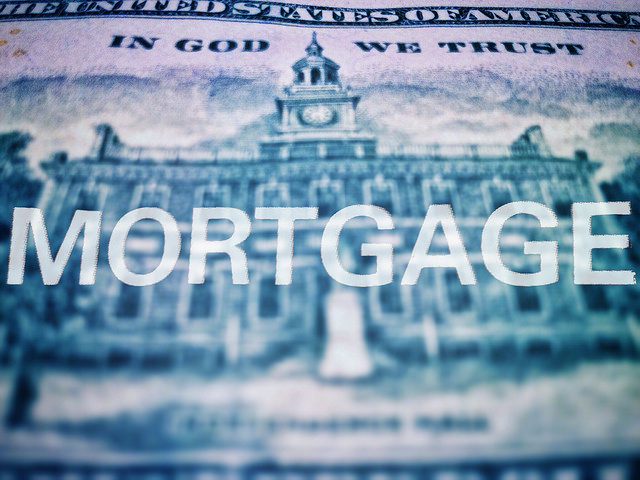A recent survey found that nearly 30 percent of all non-homeowners say they can’t afford a down payment. Conducted by Princeton Survey Research Associates International on behalf of Bankrate, the survey also revealed that 16 percent of respondents felt their credit wasn’t good enough to qualify for a mortgage. These are persistent concerns for Americans who don’t own or have never owned a home. Worries about money and financial qualifications can keep prospective buyers on the sidelines despite the fact that there are many programs and financing options available that are aimed at helping buyers with these exact issues. For example, depending on the type of loan, a potential home buyer may be be able to put as little as 3.5 percent down when buying a house. And surprisingly, money worries aren’t just the problem of young Americans looking to save up for their first home. In fact, the survey found more than 4-in-10 middle aged Americans don’t own a home and, among them, 31 percent cited not being able to afford a down payment as the reason. Holden Lewis, Bankrate’s senior mortgage analyst, says – for middle-aged Americans who aren’t buying – the issues are a bit more difficult than those affecting young Americans. “For people in the prime child-rearing years of 30 to 49, it’s more complicated,” Lewis says. “A lot of them have income and credit issues that might have roots in the recession.” More here.













